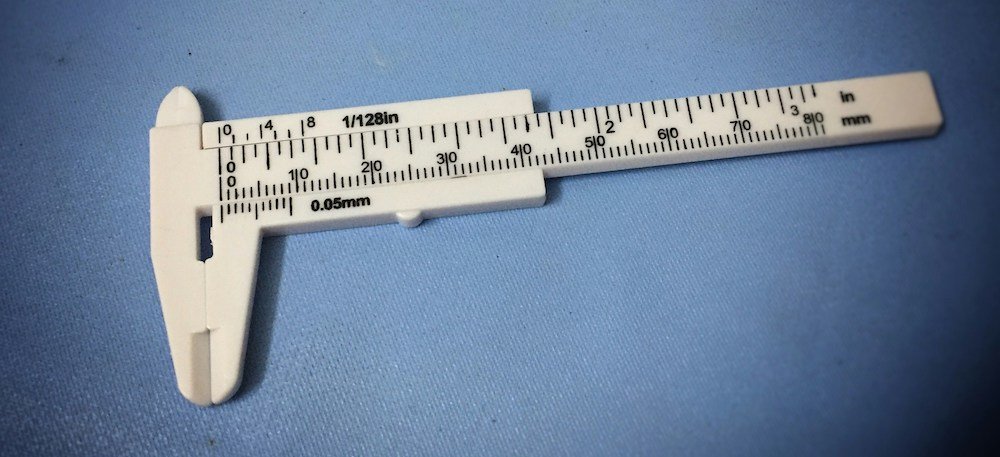Oct. 2, 2024
ISO 17025 is a quality management standard for testing and calibration laboratories that focuses on requirements for the laboratory to consistently and reliably produce valid results. The equipment used and the methods you choose are obviously important, and so are your people.
Here's a step by step guide for what you need to do to ensure you are meeting ISO 17025 requirements for competent personnel (clause 6.2) in a testing or calibration laboratory.

Step 1: work out the critical processes for delivering your laboratory results
e.g.,
- receiving and handling items for calibration
- conducting the calibration (or testing)
- generating reports
- maintaining laboratory equipment and facilities
Step 2: develop some documentation for those processes
Write some instructions for how these things are done in your organisation. These procedures establish a standard way of working for the laboratory - i.e., your 'systems'.
ISO 17025 has a requirement for laboratory personnel to 'act impartially' so either include it in the procedures or develop a separate policy.
Write your procedures in a way that makes them useful resources for training new employees.
Step 3: develop a training record template for each procedure
Pull out a list of key steps - typically somewhere between 5 and 10 things that a competent person will understand and/or be able to perform. This list forms the basis of a training record. Just add space for a date, the names of both trainer and trainee, and the sign-off.
It's good to specify how competence should be assessed, for each step and/or the whole procedure, e.g.,
- observed the trainee independently perform the process correctly
- the trainee produces valid test results on standard samples
- the trainee can troubleshoot common problems
If you need to comply with ISO 13485 (medical devices) or ISO 15189, specifying how you assess competence is a requirement.
The training record template can be a separate document, or you can include it within the procedure - e.g., as the last page.
Decide whether training someone once is OK or you want personnel to do refresher training periodically, e.g., re-train every 5 years. Include the validity period in the procedure and training record template.
Step 4: decide what roles are responsible for performing which processes
Document these responsibilities in the relevant position/job descriptions, e.g.,
Laboratory assistant responsibilities:
- receive items from clients and ensure paperwork is completed
- apply tracking labels and place items in storage to await tests
- prepare items for testing
You can easily see what internal training the person will require in their role by matching the responsibility to the procedure you've written. List the relevant procedures as competency requirements in the job description and add any needed external qualifications, education, etc.
Documenting the requirements in a position description gives you a practical way to satisfy clause 6.2.2 (document competence requirements) and also 6.2.4 (communicate duties, responsibilities, ..)
ISO 17025 also has some specific authorities that should be assigned. Make sure each of the 3 elements in clause 6.2.6 are shown on at least one position description, e.g.,
Laboratory Manager authorities:
- make statements of conformity or opinions and interpretations
- review and authorization of results
Step 5: train people and fill in the training records
Conduct training using the standard procedures you developed in step 2 to make sure everyone is following the same process, and record the training using the templates you developed in step 3.
You now satisfy clause 6.2.3 (ensure personnel have competence), and 6.2.1 (be competent and work in accordance with the lab's system).
Step 6: manage the records and repeat training as needed
Managing training records means storing them securely and organised so that they can be retrieved when needed, such as during an internal or external audit. You'll need to periodically review the records to monitor expiry dates, and to make sure there is always a competent person for each critical process. You may need to access training records to investigate a problem in laboratory processes or results.
If the method or equipment or people change, you'll likely need to do more training and replace the old records with the new training records.
What's left?
Let's audit what we've done so far, against the requirements of ISO 17025, clause 6.2:
6.2.1 ✅
6.2.2 ✅
6.2.3 ✅
6.2.4 ✅
6.2.5 - is there a procedure?
6.2.6 ✅
So if you haven't already, the only thing left to do is write a procedure that describes how you follow the steps in this article and how you select and supervise laboratory personnel. Remember to keep it simple and make it useful for your organisation.
Quality Systems Toolbox software makes it easy.
The Training module in QSToolbox has a place for you to develop job descriptions and to specify competency requirements. Add employees, assign roles, and securely store training records including attachments in a structured system that makes retrieval super simple. Built in reports identify training needs and notifications alert you to expiry dates.
The procedures from step 2 are controlled in the Documents module.
Use the Assets module for tracking maintenance and calibration of laboratory equipment.
QSToolbox - everything you need, all in one place.